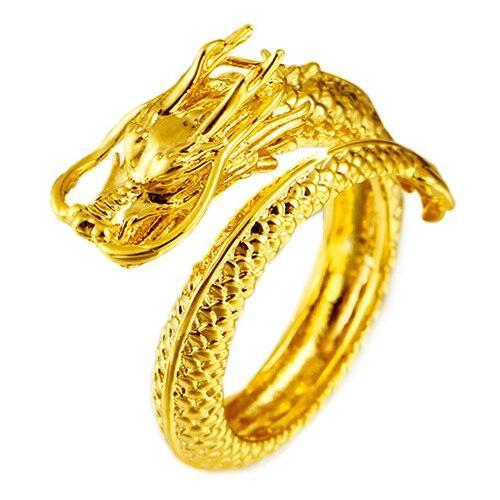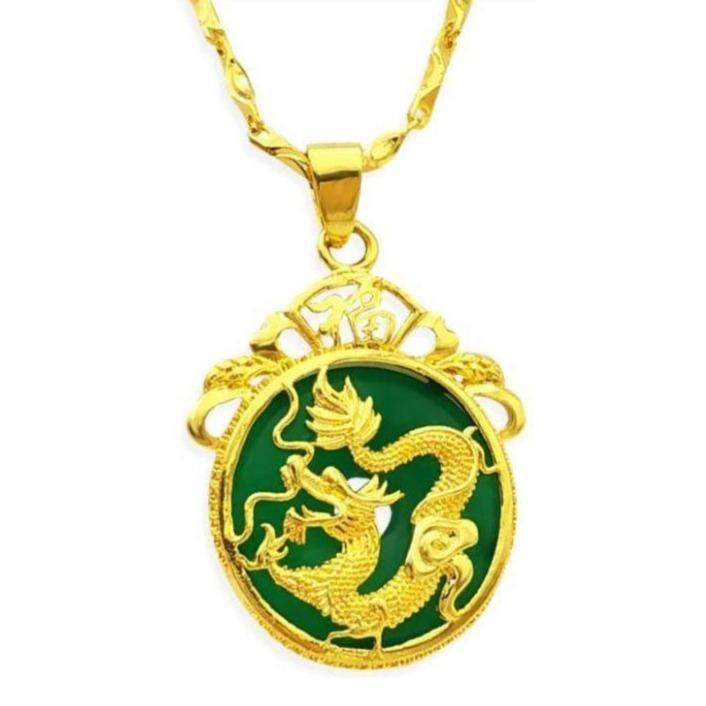The Vietnamese lucky charm: a mix of influences, with a little something extra
Few people know it, but there are traces of human occupation in Vietnam for over 20,000 years. Despite such a long history, the country has failed to unify, and we can still distinguish very different ethnic groups. The Sa Huỳnh occupy the south of the country, while the Đông Sơn are found further to the north. In reality, the country has more ethnic groups, but these...
See more
Voir plus
The Vietnamese lucky charm: a mix of influences, with a little something extra
Few people know it, but there are traces of human occupation in Vietnam for over 20,000 years. Despite such a long history, the country has failed to unify, and we can still distinguish very different ethnic groups. The Sa Huỳnh occupy the south of the country, while the Đông Sơn are found further to the north. In reality, the country has more ethnic groups, but these two are the most numerous.
Regardless, there are certain points they have in common. The culture of Vietnam focuses on humanity, harmony, family and community values, through all areas: music, art, dance, literature, etc.
It is actually not rare to see a Vietnamese lucky charm having a foreign origin. A mix of Buddhism, Chinese Taoism and Confucianism, the spirituality of the Vietnamese people can actually be seen as a balanced and harmonious mixture.
Sometimes, the Vietnamese lucky charm also reflects even more distant influences (notably French and American). Some, however, are truly typical of the region. Dragon, turtle, bamboo, lotus: each of them is a true Vietnamese lucky charm in its purest essence.
From Ho Chi Minh City to Hanoi, Vietnam is an extraordinarily multi-ethnic country. Aside from the Kinh majority, we have no less than 53 different minorities. This is therefore logically synonymous with a profusion of customs... and lucky charms!












